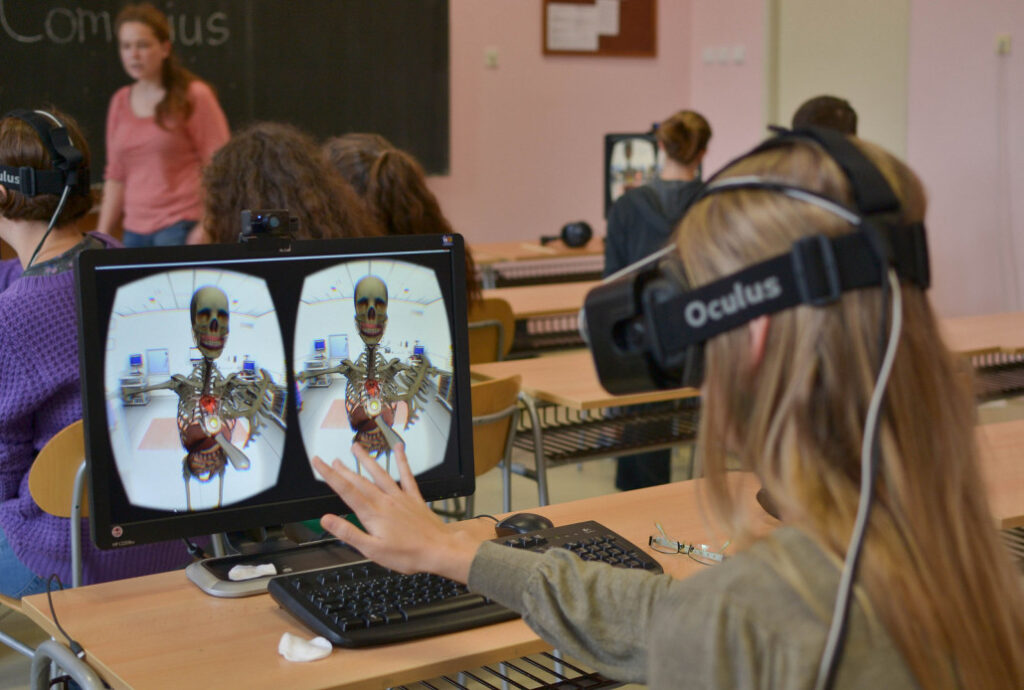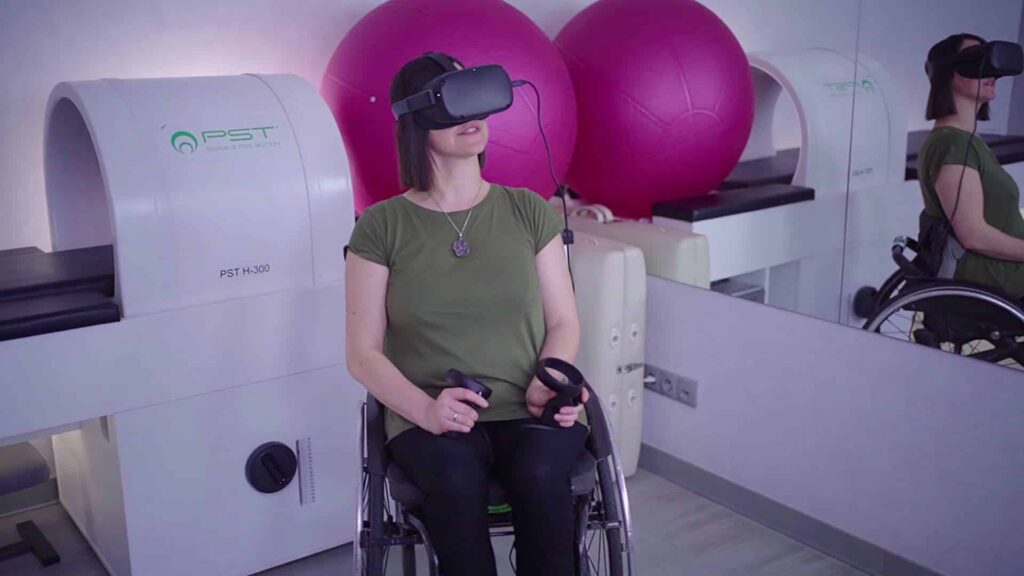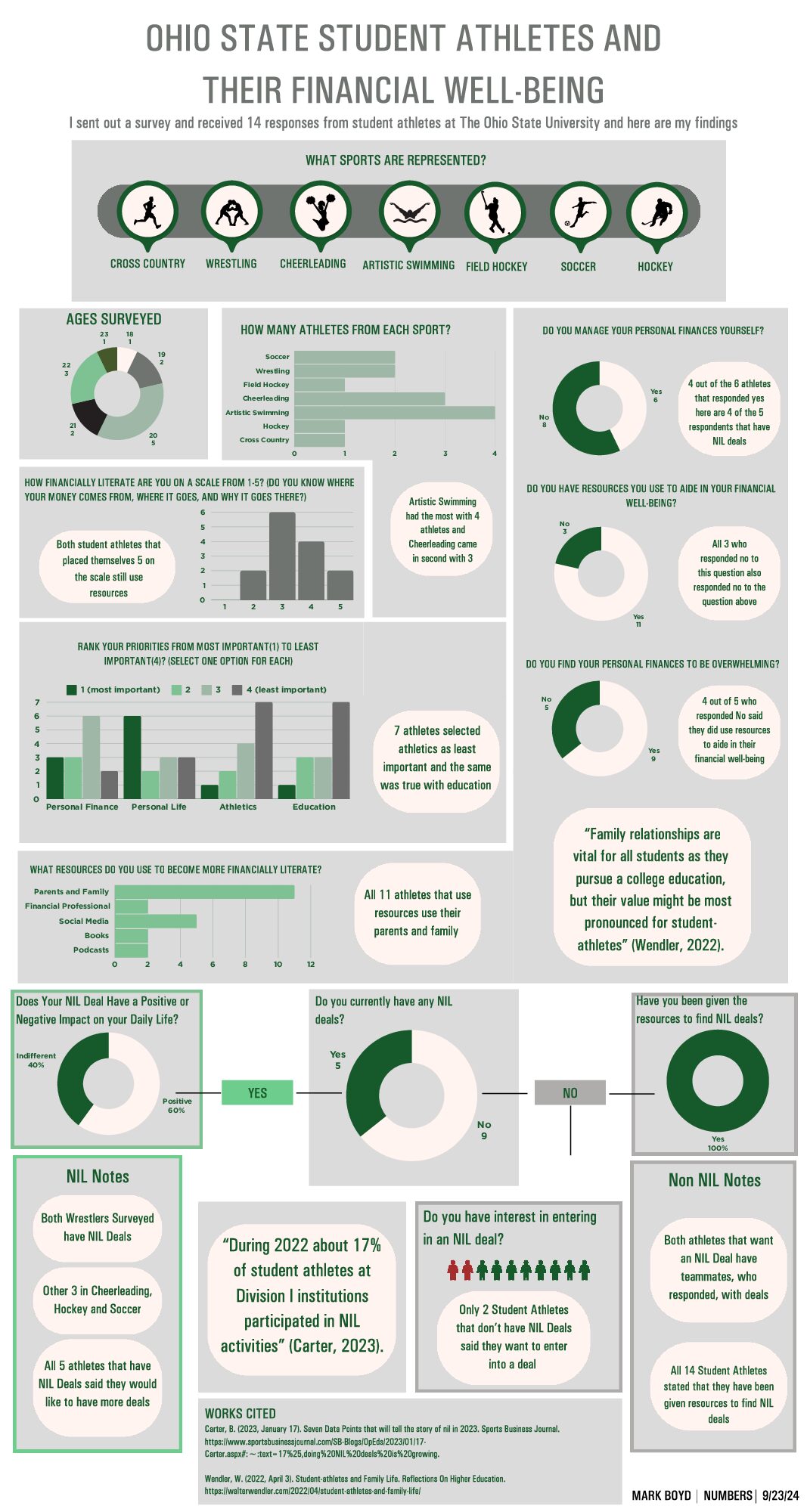The days of learning being restricted solely to reading textbooks and listening to boring lectures are numbered, and when they’re gone, students won’t miss them. Research shows that textbooks don’t generally improve student achievement and traditional stand-and-deliver lectures in universities lead to higher student failure rates than active learning methods.
And while there are plenty of active learning techniques to choose from, including simply asking students questions or arranging students for group work, more and more educators are seeing VR’s true potential. According to a recent survey of teachers and students, 90% of educators believe VR may help increase student learning. Perhaps more importantly, the survey also found that 97% of students would attend a class or course with VR, which could significantly decrease dropout rates.

At the K12 level (kindergarten to 12th grade in the US), virtual field trips are among the most common ways educators use VR. For example, in 2019, the Schaumburg School District 54 in Illinois utilized virtual reality kits in each of its 28 schools to bring students on virtual field trips to the moon, World War I battlefields, and the Great Hall at Ellis Island. Not every student may be able to join their classmates for a real-world trip to a museum or another country, whether because of a disability or expense. With VR, every student can go on the same trip at no cost. Because they don’t require expensive transport and logistics, virtual field trips are more cost-effective for schools.
For students with special needs, VR creates new opportunities to safely explore the world and practice real-world skills, like obeying traffic signals or interacting with police officers, in a no-risk environment.
For example, Danvers Public Schools district in Massachusetts used VR to introduce new students to the district’s middle school building in advance, something that was particularly helpful for students with disabilities.

Choosing the right university can be a daunting and exhausting experience. With VR, applicants can go on virtual reality campus tours to see what it would be like to attend a college or university in another city or even another country.
For example, the University of Michigan athletic department uses VR technology to give potential recruits the chance to see and feel the campus and the athletic facilities from wherever in the world they may be.
But with VR, you may not even have to attend a physical university. During the COVID-19 pandemic, Steven Hill, professor at the University of North Carolina at Chapel Hill, ditched Zoom lectures for a virtual 3D version of his classroom. Students can walk around the classroom, talk to each other at different gathering spaces, and even break into groups.

In addition to attracting new students to trade schools, VR can also give trainees more opportunities to practice essential skills in a safe environment. For example, electricians can rewire a house with fewer safety hazards. Moreover, because trainees work with virtual materials, trade schools can save tons of money on physical materials.
Reflexive Analysis
Virtual reality is proving itself to be less of a fancy toy and more of an accessibility tool, especially in education. With increasing prices and stagnant salaries, many kids cannot afford the simple privileges one may take for granted in the school system. Simple things like field trips can be inaccessible for more than just economic reasons, too, most prominently students with disabilities. VR offers an elegant solution to these socioeconomic problems by involving these subsets of students in on the fun in a more affordable, yet comparably similar experience. Fortunately, this solution can address many pain points in modern education as well, making classes more fun, increasing university tourism, and offering on-hands experiences. Anything from thoracic surgeons to firefighters alike can study in a much lower-stakes environment with virtual and augmented reality. The many possible solutions VR illuminates are indicative of its bright future ahead. How can we take advantage of this budding technology to engage and include our young students?
Virtual Reality (VR) in Education: A Complete Guide – E-Student
Martisiute, Laura. "Virtual Reality (VR) in Education: A Complete Guide." E-Student, 3 Dec. 2020, e-student.org/virtual-reality-in-education/. Accessed 30 Aug. 2022.




